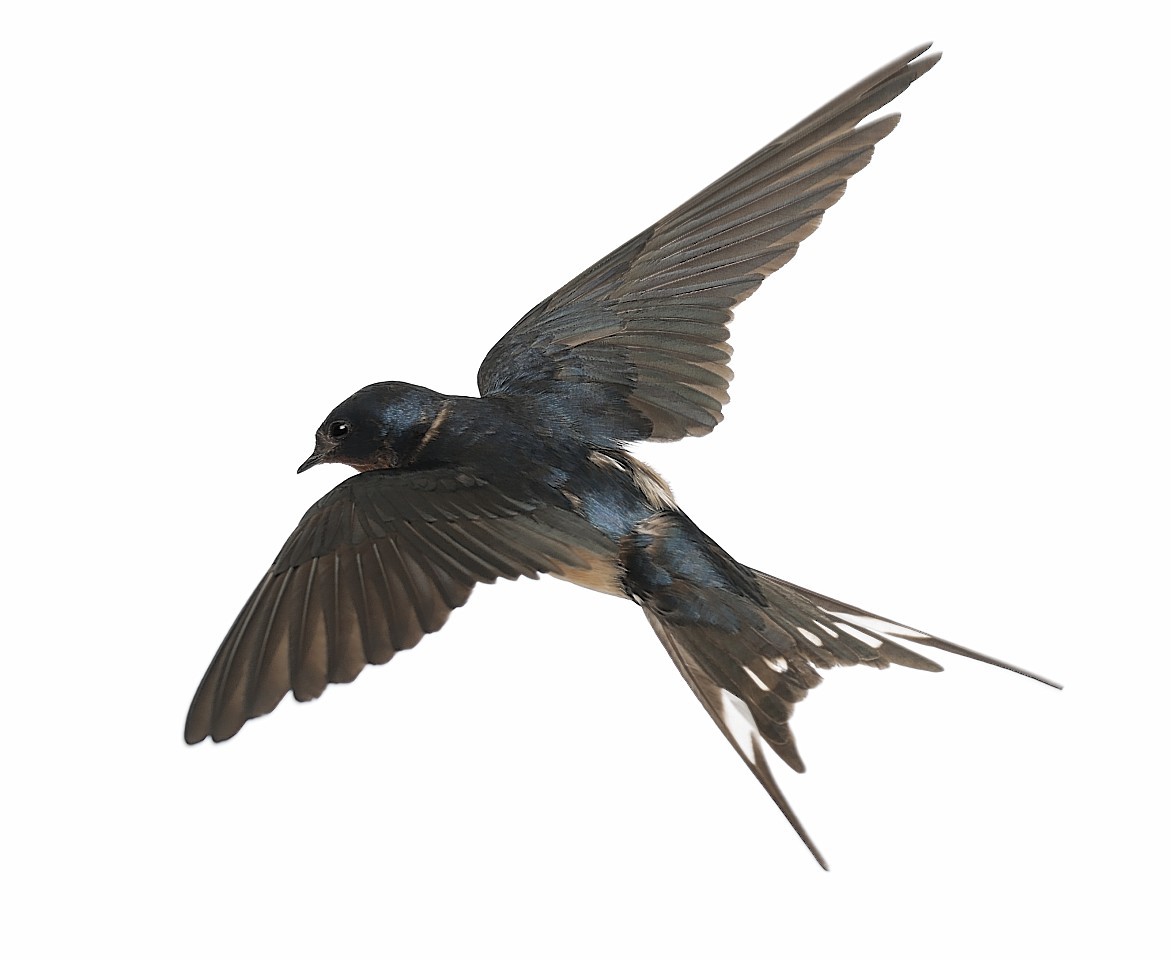The migratory habits of bird species are changing, according to researchers in Shetland.
And the numbers of scarce birds visiting the north is also increasing, according to the Fair Isle Bird Migration Project.
Continuous records made by the Fair Isle Bird Observatory for more than 60 years show that spring migration starts earlier for many species, such as the swallow, which is arriving up to three weeks earlier.
But for some species, such as the willow warbler, spring migration is now much later.
And further changes are apparent in the timing of autumn migration.
House martins are migrating later, while swallows are migrating up to three weeks earlier compared with 60 years ago.
Dr Will Miles, of the Fair Isle Migration Project, will presents some of his initial findings at RSPB Scotland’s Big Nature Festival, Musselburgh on Saturday May 23.
The Migration Project is a scientific collaboration between the Fair Isle Bird Observatory Trust and the University of Aberdeen.
Dr Miles said: “The natural world is changing, including the timing and numbers of birds on migration and a crucial challenge facing scientists is to identify and understand these changes and their causes.
“It’s too early to say for sure why some birds are arriving so much earlier on Fair Isle, while others seem to be delaying their arrival, but possible causes include changing climate and weather patterns, also changes in the summer breeding range and population size of many species across Europe.”
Fair Isle is Britain’s most remote inhabited island, lying between Shetland and Orkney.
It is an internationally renowned hot-spot for bird migration and for over 60 years the observatory has made daily census counts of migrant birds. This written record was recently digitised, producing an extremely detailed and valuable dataset.
The Fair Isle Migration Project is a brand new initiative to analyse this data.
As well as changes in migration patterns, the project has revealed that the number of scarce migrant birds, arriving in Scotland from Eastern Europe and Siberia in the autumn, has risen sharply over the last 60 years, and is continuing to do so.
Birds such as the yellow-browed warbler and the barred warbler have increased in number.
Dr Will Miles, a former assistant warden at the Observatory, will also talk about the ornithological year on Fair Isle, which has recorded more first sightings of rare birds than any other place in Britain.
